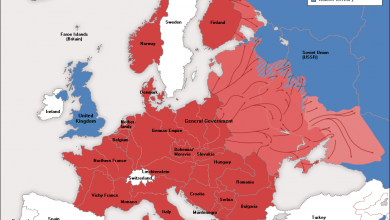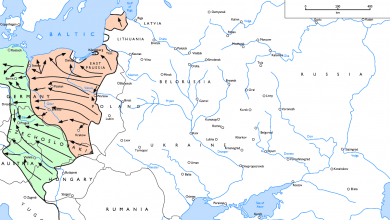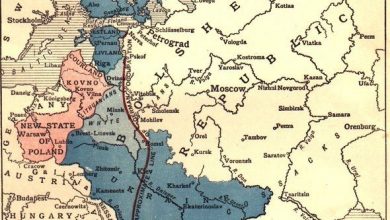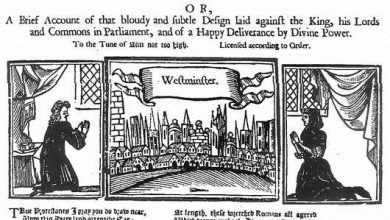On this day (June 18) in 1815: the Battle of Waterloo

On this day in 1815 stood the Battle of Waterloo between the resurgent forces of Napoleon Bonaparte and the Allied forces of Great Britain and Prussia.
Having returned to France from Elba, Napoleon immediately raised an army and set out to strike his nearest opponents in the lowlands of Belgium near the French border. His plan was to drive the Prussians and English apart and defeat them separately, closely resembling his plan during the Montenotte Campaign in the spring of 1796, where he interposed between the Austrians and Sardinians, defeating them each in detail.
This plan initially succeeded, attempting to establish contact with each other, the Allies instead ran into the French. At Ligny the Prussians were driven eastwards by Napoleon himself while at Quatre Bras the British were driven north, towards Brussels, by Marshal Michel Ney. Unfortunately for Napoleon, this was to be his final success. He decided to pursue the British with his main body and destroy them. The British, commanding also Dutch and German troops, under the command of the Duke of Wellington, decided to make a stand at Waterloo.

The night before the battle the British and French were encamped within a few miles of each other. The British were fighting alongside the Prussian army, who had recovered and regrouped after their retreat at the battle of Ligny two days earlier. The allied armies outnumbered the French, with 118 000 soldiers. The Anglo-Dutch army had 68 000 soldiers and the Prussians had 50 000, while the French had only 73 000. The British were encamped behind a ridge and three farms, called Papelotte, Le Haye Sainte and Hougoumont.
On the day of the battle the British army held off the French from defensive positions.The French initially concentrated on attempting to overcome them at Hougoumont under the command of Napoleon’s younger brother Jerome. In this location the English were outnumbered, with just 1500 troops to the French 5000, but their position behind the walls of the farm gave them an advantage. When 40 French soldiers finally managed to break through the doors, the English quickly shut them in, and killed all but one.
French troops also attacked the British at La Haye Sainte, and Wellington ordered troops to lie down behind the ridge, meaning they were shielded from the worst of the bombardment. They then drove the attacking French off from an advantageous position at the top of the ridge. But the breaking point in the battle came when Prussian pressure on the east side of the French army caused Napoleon to delay sending troops to support a regiment who had captured a farmhouse and were successfully attacking the British. Finally Wellington’s army launched a general advance, aided by the Prussian attack from the east, which led to a panicked French retreat.

The battle was a turning point in European history, and ended Napoleon’s reign as French emperor. He abdicated, was captured by the British and exiled to the tropical island of Saint Helena.
From 1796 until 1815 Napoleon Bonaparte was to win nearly seventy battles and defeat every major power in Europe apart from France itself, and by 1804 he had been crowned “Emperor of the French”. Napoleon’s tactics were revolutionary and the relentless energy of his operations defeated one opponent after another until all Europe lay at his feet.
The great German military theorist Carl von Clausewitz referred to him in awe and admiration as “the God of War.” Napoleon was practically the most successful and greatest commander of all time. The Duke of Wellington when asked after Waterloo who, in his opinion, was the greatest general replied “In this era? In any era? Napoleon.”
Perhaps more than any other man in history, Napoleon Bonaparte defined his age and put his stamp on everything. The history of the world was radically and violently yanked in the direction Napoleon wanted it to go.
His programme of nationalism, liberalism, and egalitarianism took Europe by storm and had a profound impact on all the peoples it came into contact with. His contagion ignited the desire for national unity in Italy and Germany, and began the road towards the dissolution of the repressive aristocratic multinational conglomerations like Austria, Russia, and the Ottoman Empire. Even Ireland was infected, with the Irish Republicans adopting a tricolour flag in the style of France, and wishing for a republic built along Napoleonic lines.
Even after his defeat at Waterloo, Napoleon’s ghost haunted European royalty and the shockwaves of his legacy continued to smash upon Europe’s tranquility.






